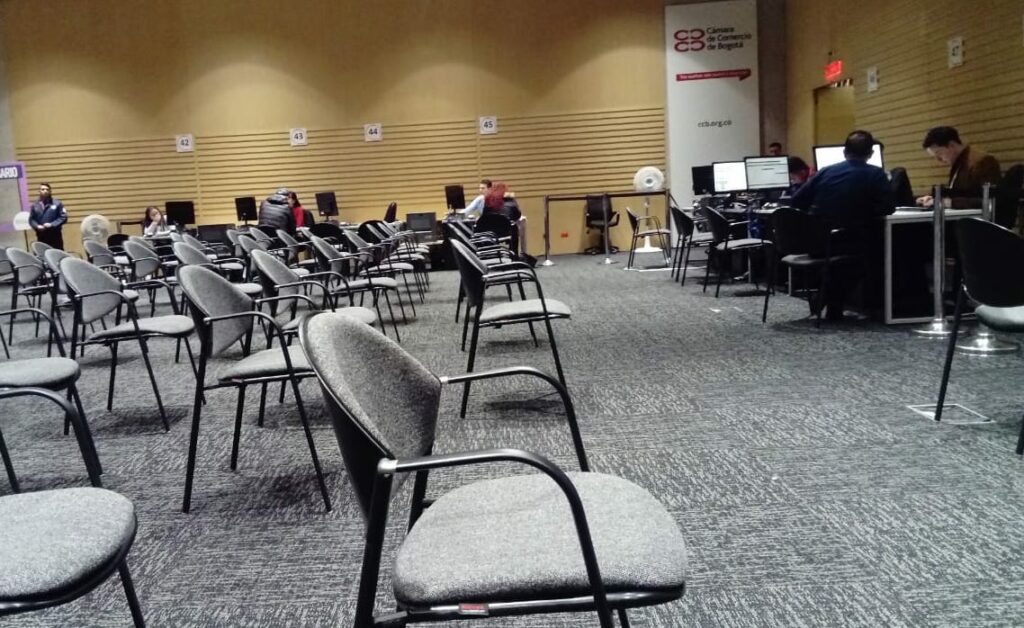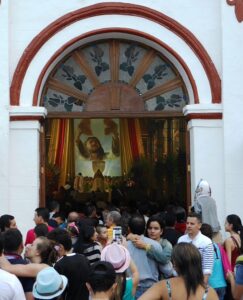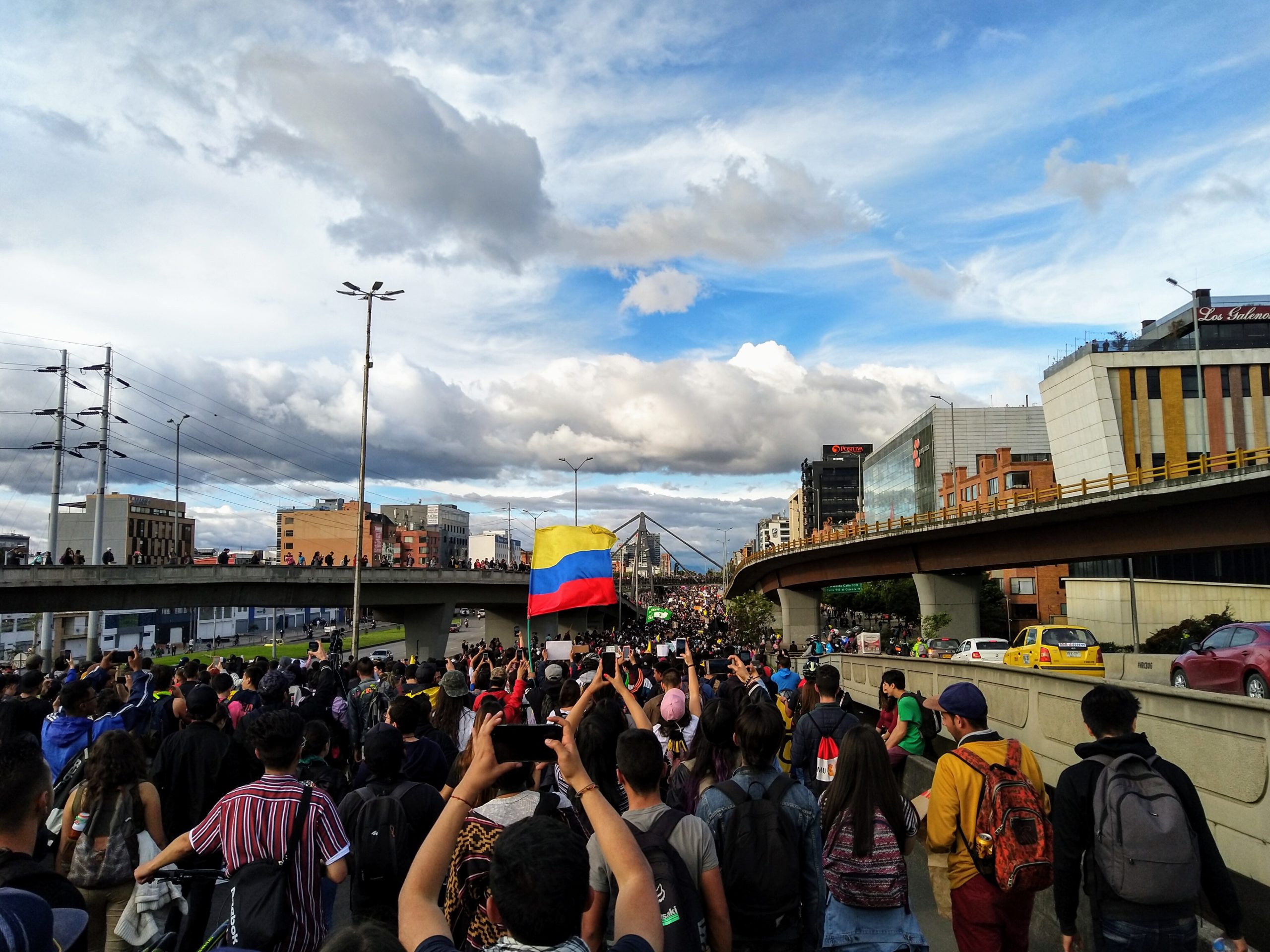Stay home, stay sober, say regional chiefs spooked by coronavirus spread.

A sharp spike in Colombian COVID-19 has seen confirmed cases rise by 34 in the last 48 hours bringing today’s total to 65. Now departmental governors – acting under an ‘exceptional circumstances’ mandate granted by the capital – are creating their own rules to try and beat the crisis with a host of Colombian coronavirus closures.
What is closed in Colombia because of the coronavirus?
- Bars, cinemas and theatres are closed in the capital. And Bogotá bishops have banned Catholic masses in large churches to avoid creating crowds.
- The popular tourist destination of Cartagena has introduced a curfew between 10pm and 4am and suspended tourist activities in museums and beaches.
- All Colombia’s national parks have been closed.
- Córdoba imposed a toque de queda (curfew) from 7pm to 6am, by order of the governor.
- Santander and Quindío forced people to stay indoors from 10pm to 4am, and closing gyms, bars, discos and cinemas.
- Valle de Cauca, which includes the party city of Cali, has banned gatherings of more than 10 people.
- The governor of Meta, in the Llanos, decreed an 8pm to 5am curfew topped off by a ban on selling alcoholic drinks, known here as ‘ley seca’. The restrictions will last at least two weeks.
- Cundinamarca governor, Nicolás García, has declared a curfew between 9 pm and 5 am, saying, “This is not a holiday, this is a period of trying to contain a pandemic.” They have also banned the sale of alcohol.
Doubling down on COVID-19: no more foreign visitors
Not to be outdone by his local leaders, Colombian President Duque himself took to the airwaves today to announce a 10-week stoppage of all human movement across land, sea and river borders with neighbouring Ecuador, Peru, Brazil, Venezuela and Panama. Cargo shipments will be allowed in over official border posts.

The fast-moving events are part of daily initiatives designed to double down on COVID-19, such as the nationwide closure of schools and colleges, a ban on gatherings of more than 50 people, and a total ban on foreign visitors “from anywhere in the world”.
These come on top of recommendations that people to self-isolate at home and maintain ‘social distancing’ – keeping a minimum of two metres from others in public areas – as well as frequent handwashing with soap and water.
Colombian nationals and foreigners with resident status can still enter by commercial flight into international airports in Colombia, and travellers currently in the country are able to fly out – if their destination country will allow them.
Related: Will Colombia catch the coronavirus?
At a press conference yesterday, the head of Migración Colombia, Juan Francisco Espinosa, stressed that those wanting to fly should contact their airlines. “We don’t control the airport or airlines, we only control entry and exit from the country,” he said.
Following the spread of the coronavirus
Meanwhile, data presented by the Instituto Nacional de Salud showed the majority of new coronavirus cases are in Bogotá, with a total now of 33, but also in Antioquia (8), Huila (7) Valle de Cauca (5), Bolívar (4), Atlántico (2) with Meta, Caldas, Risaralda, Norte de Santander and Cundinamarca each with one case. This brings the March 17 total to 65. Since January, more than 2,200 people have been tested negative.
According to the INS, only 7 are hospitalised and the rest are being treated at home.
The day’s good news, delivered by Bogotá’s mayor Claudia López, was that one of the early victims was now declared cured.
Rumours were swirling online late Monday of a coronavirus death in a coastal city, but not yet confirmed.
Analysis of the stats so far shows that cases have either been imported from abroad, mostly by travellers arriving by air from overseas (37 cases), or are ‘associated’ cases (20), which is to say among people in close contact with those travellers soon after they arrived in Colombia.
“Test, test, test”
So far no ‘community’ spread has been proven to have occurred, though experts in other countries now believe that the virus could have been circulating worldwide undetected for much longer than testing indicates. Experts also believe that for every positive case tested there could be as many as 10 hidden infections several times removed from an initial import case.
For this reason, the World Health Organization (WHO) has urged countries to escalate detection of the virus in communities to show where the outbreak is heading.
Read all our coverage on the coronavirus in Colombia.
“We have a simple message to all countries – test, test, test,” the WHO director-general told world media on Monday. “All countries should be able to test all suspected cases. They cannot fight this pandemic blindfolded.”
According to Colombian health chiefs, the country currently has three laboratories able to test for COVID-19, two in Bogotá and one in Antioquia, between them able to process more than 2,000 tests a day with results usually within 12 hours.
More labs are expected to come on-line shortly.
Check for more updates on The Bogotá Post – we’ll keep you posted.





